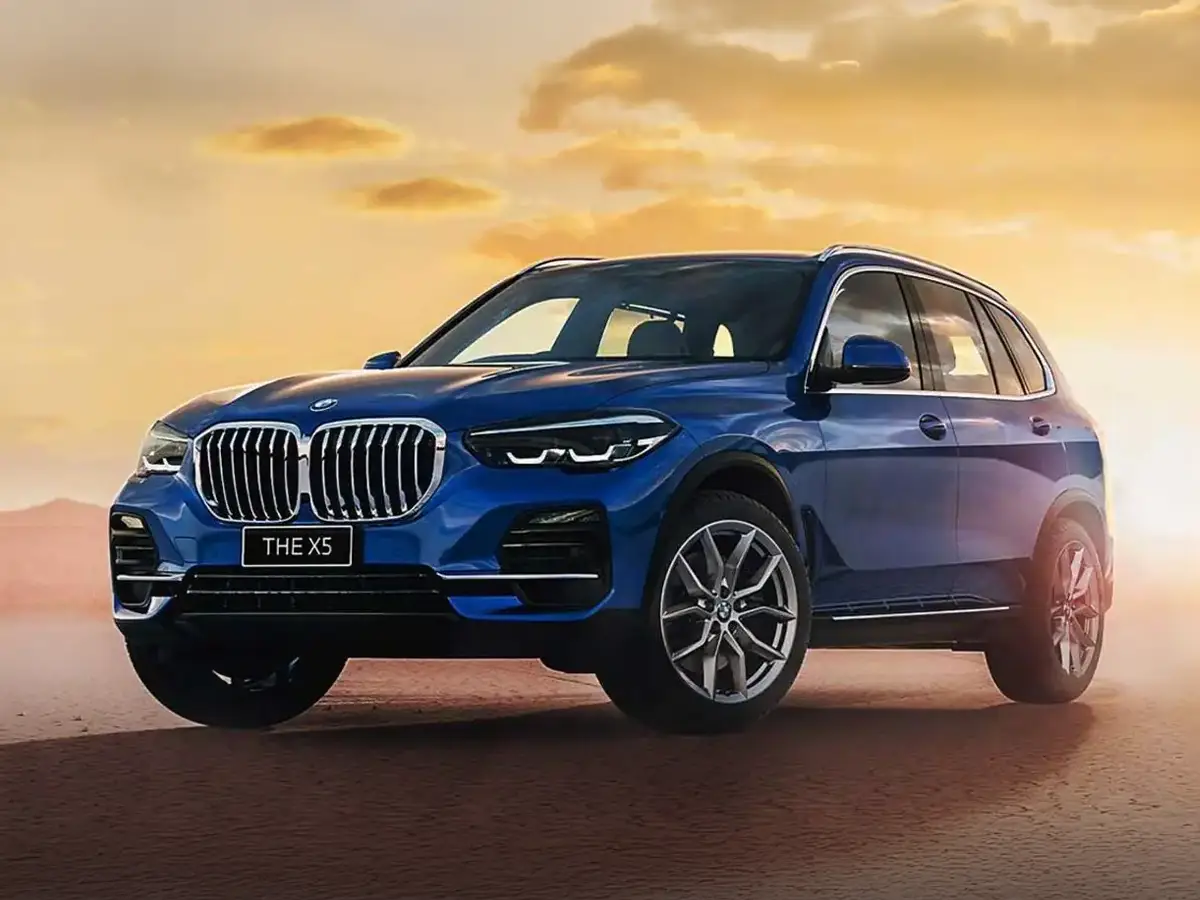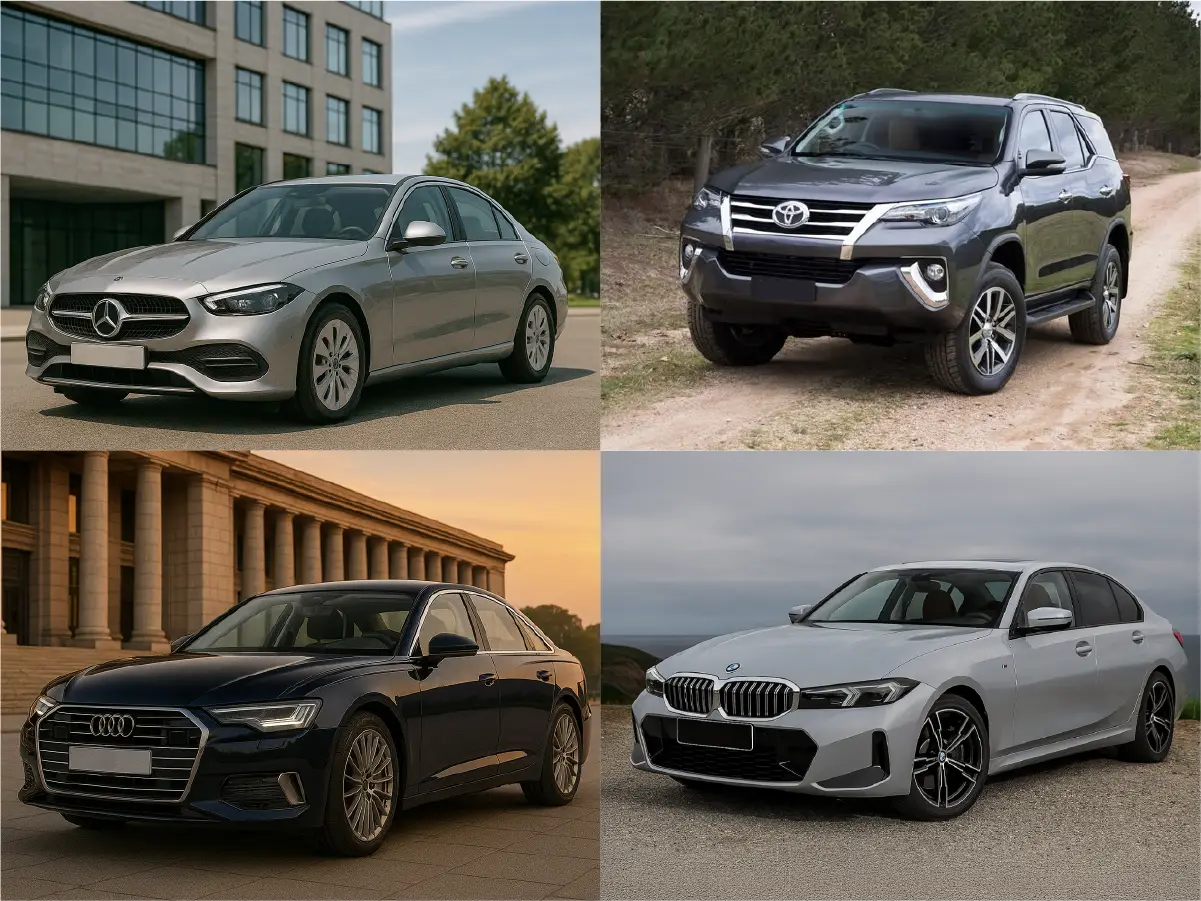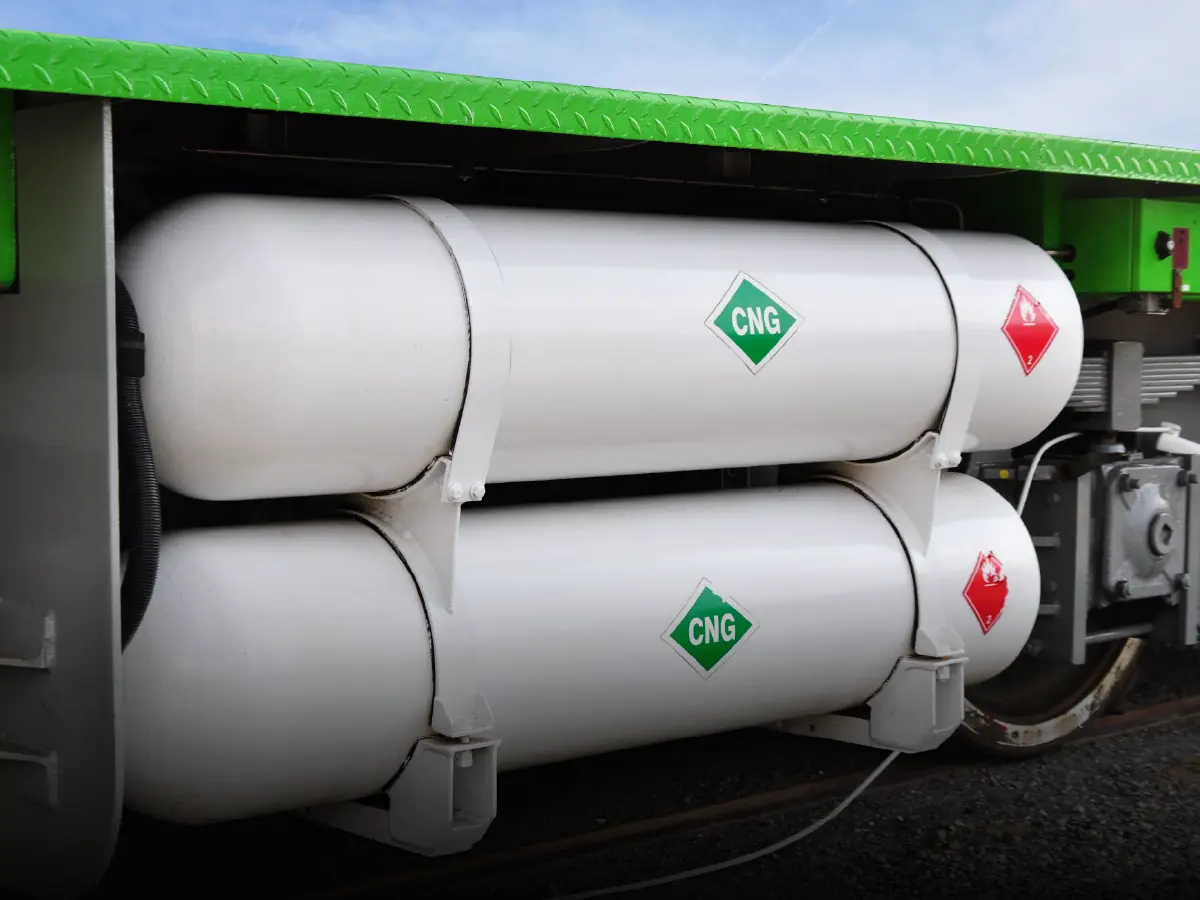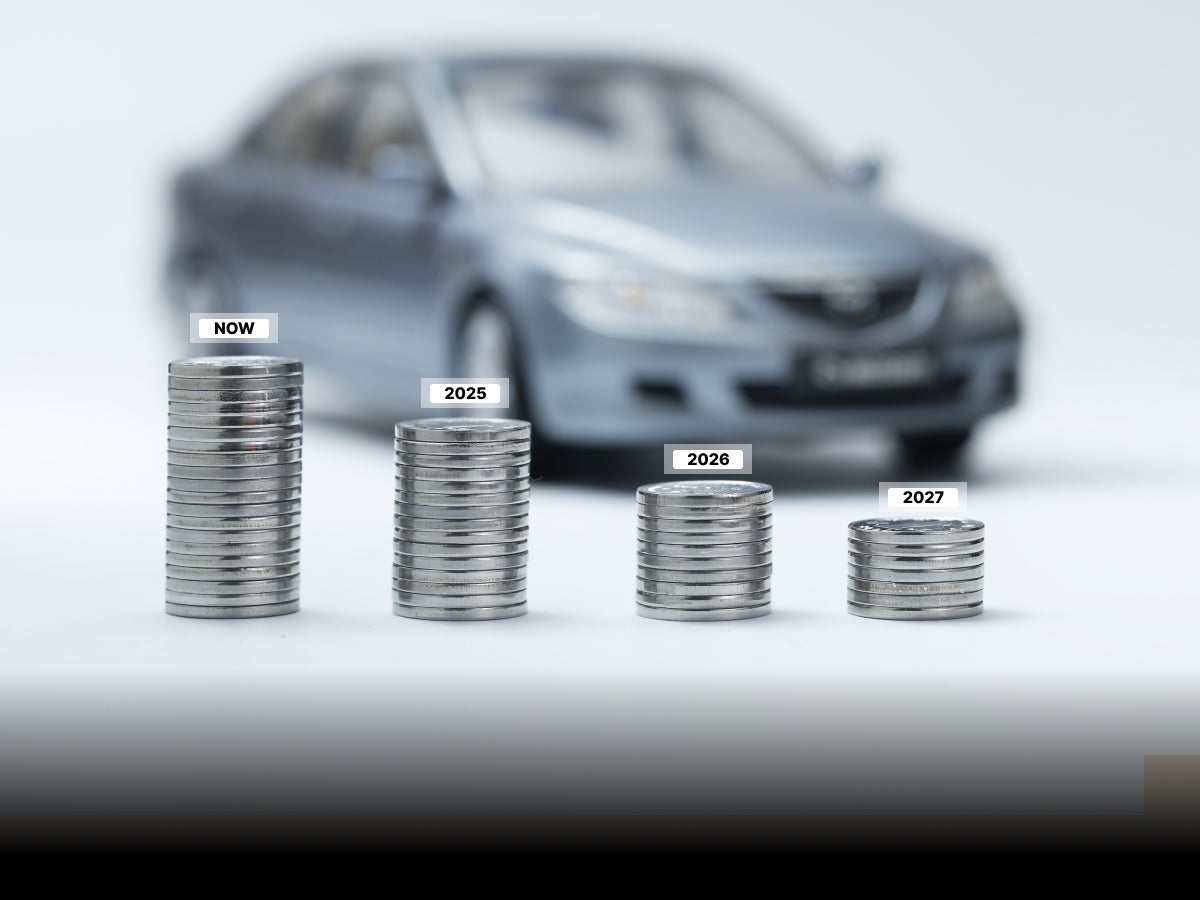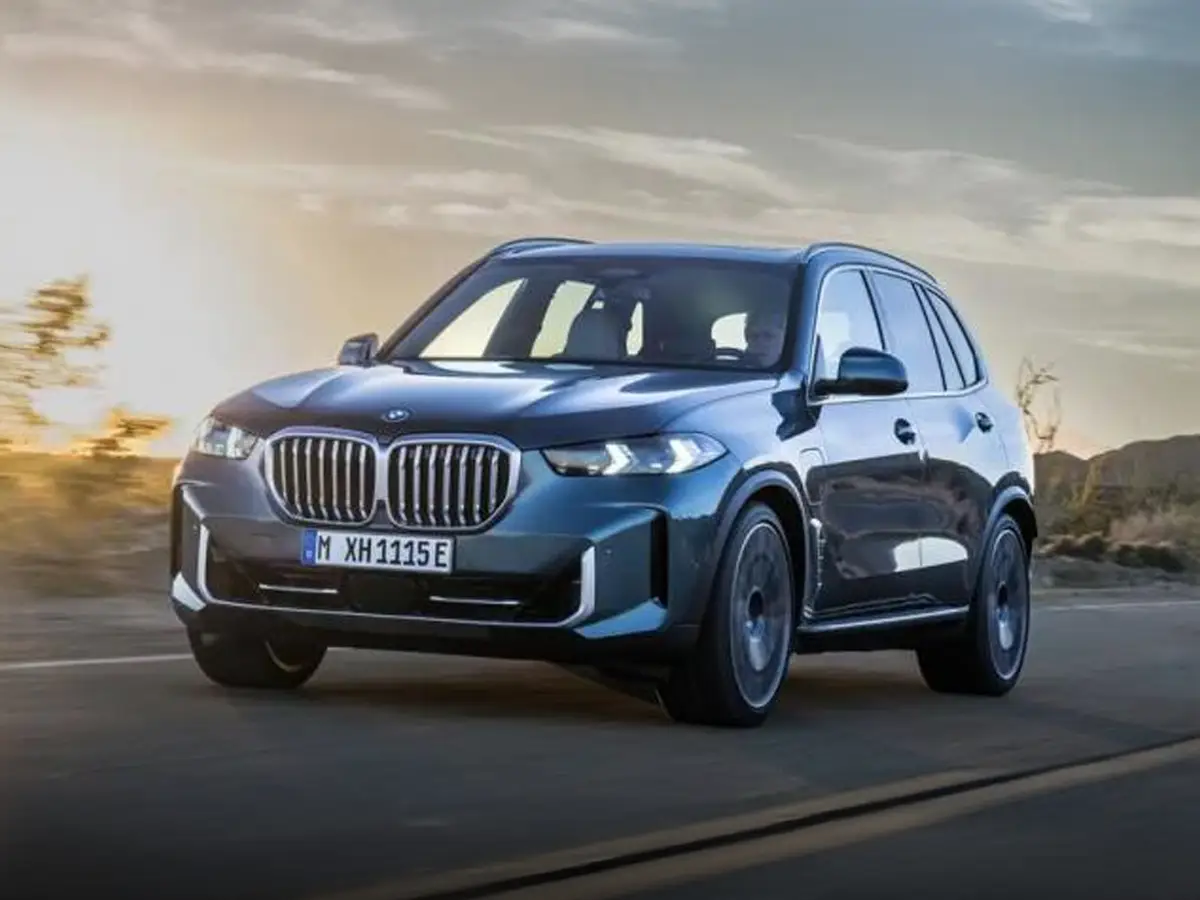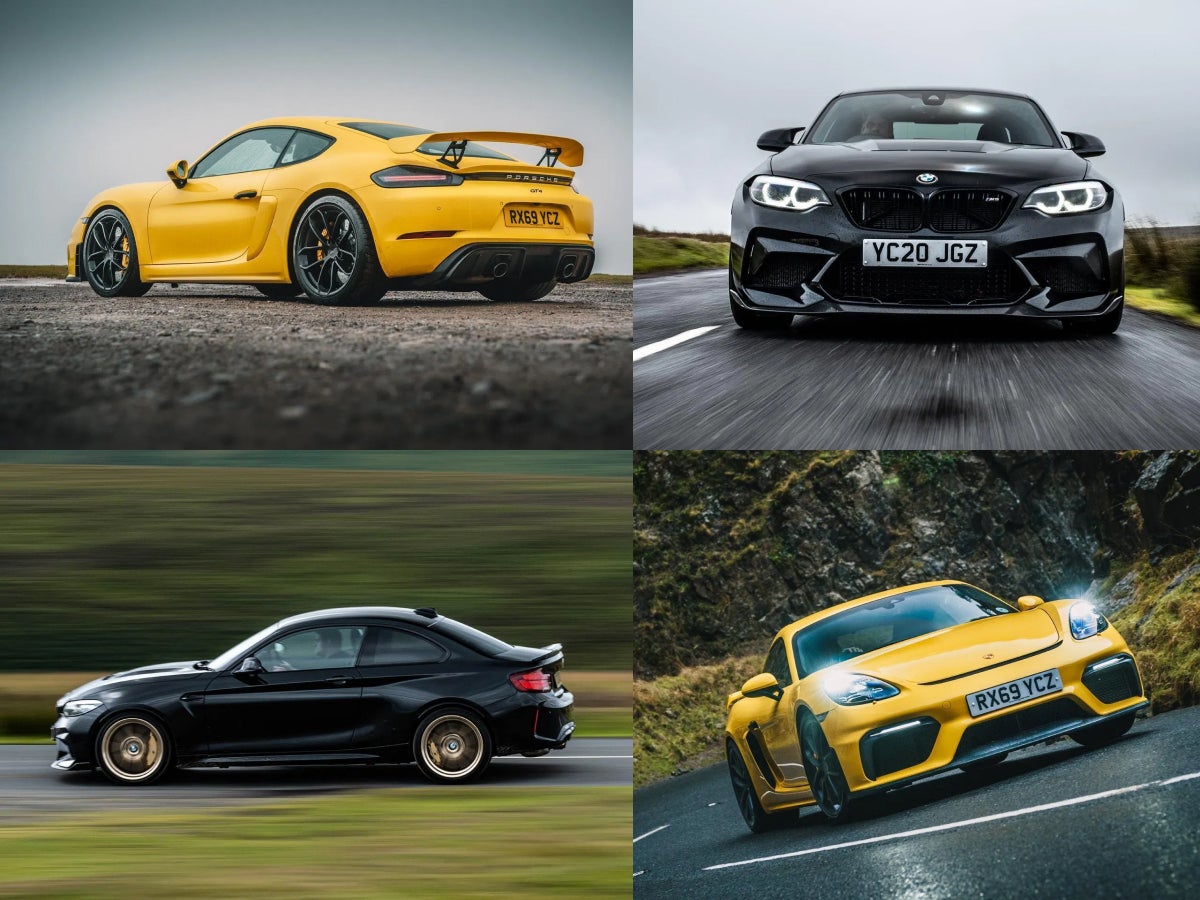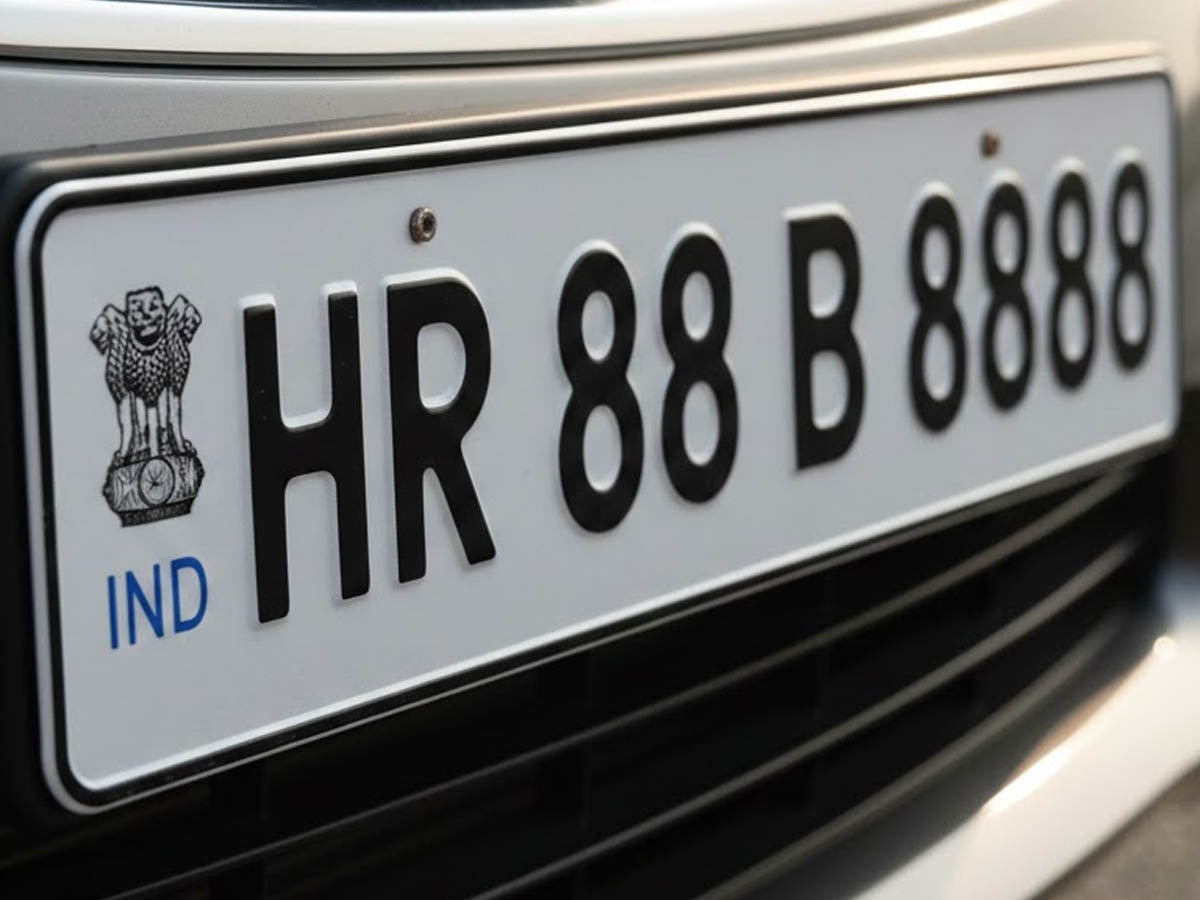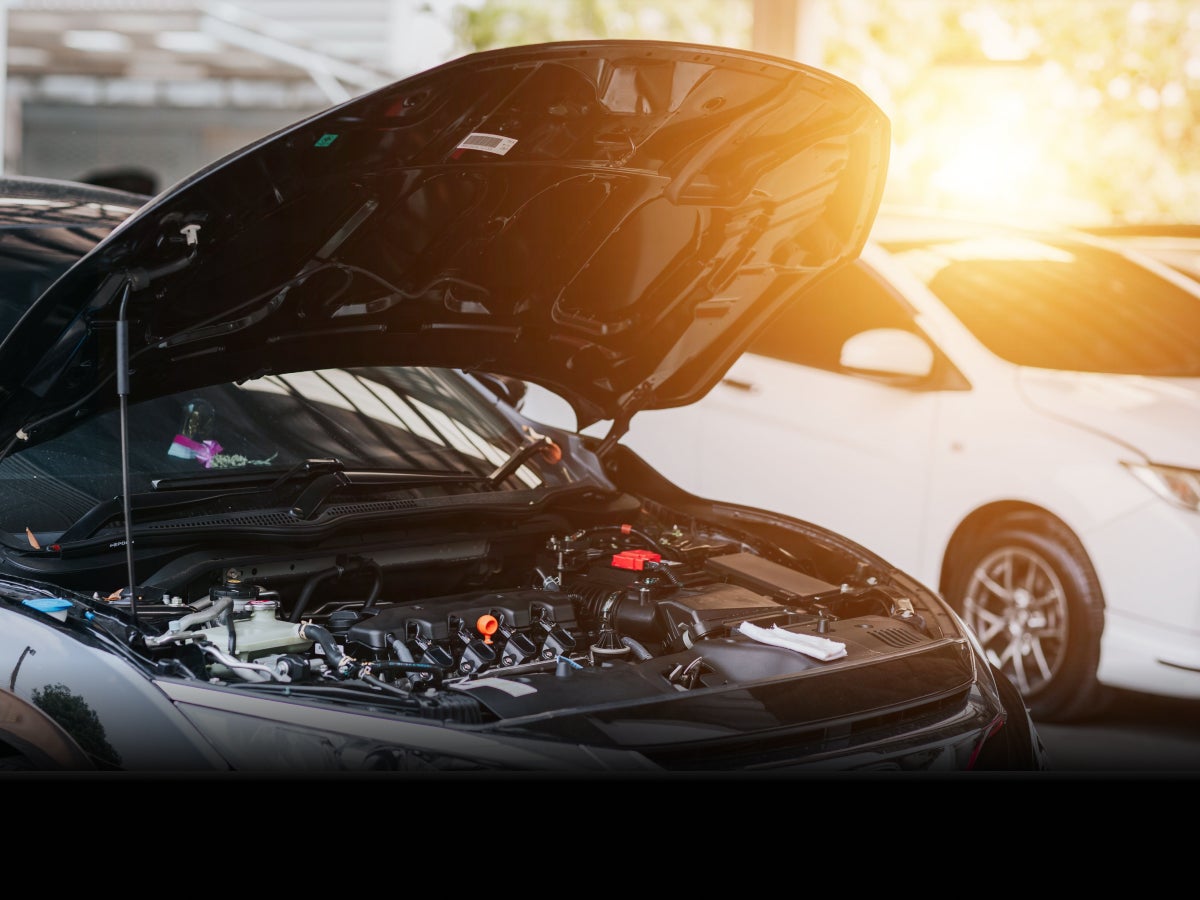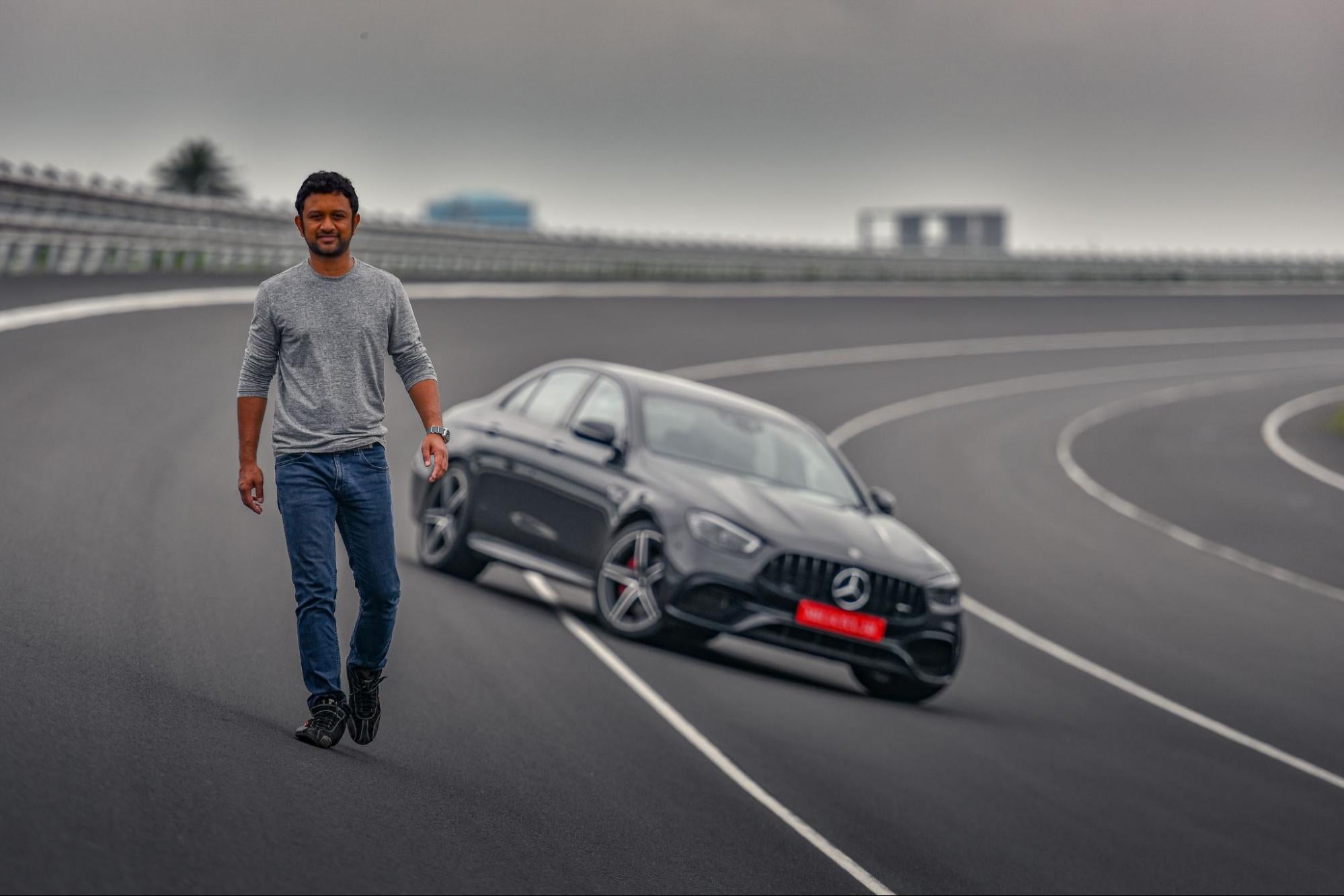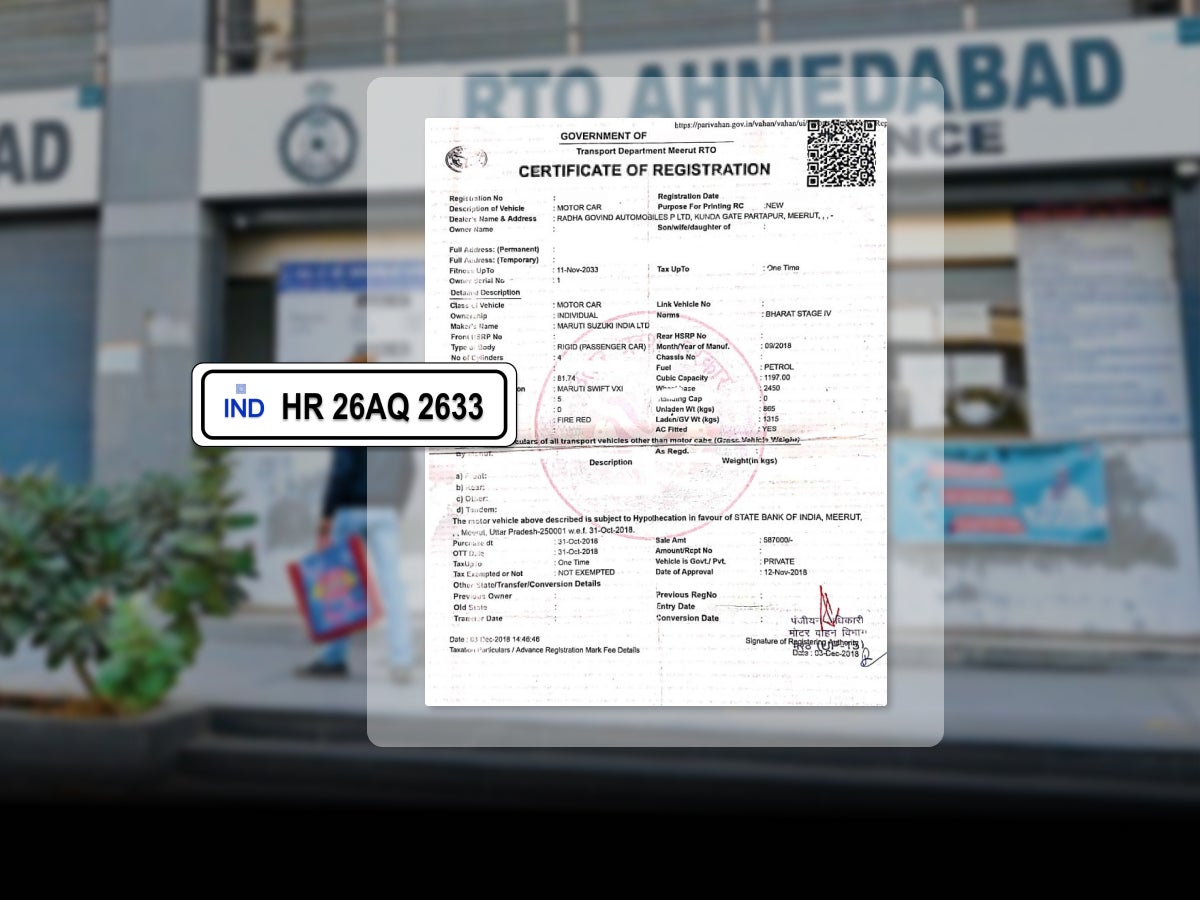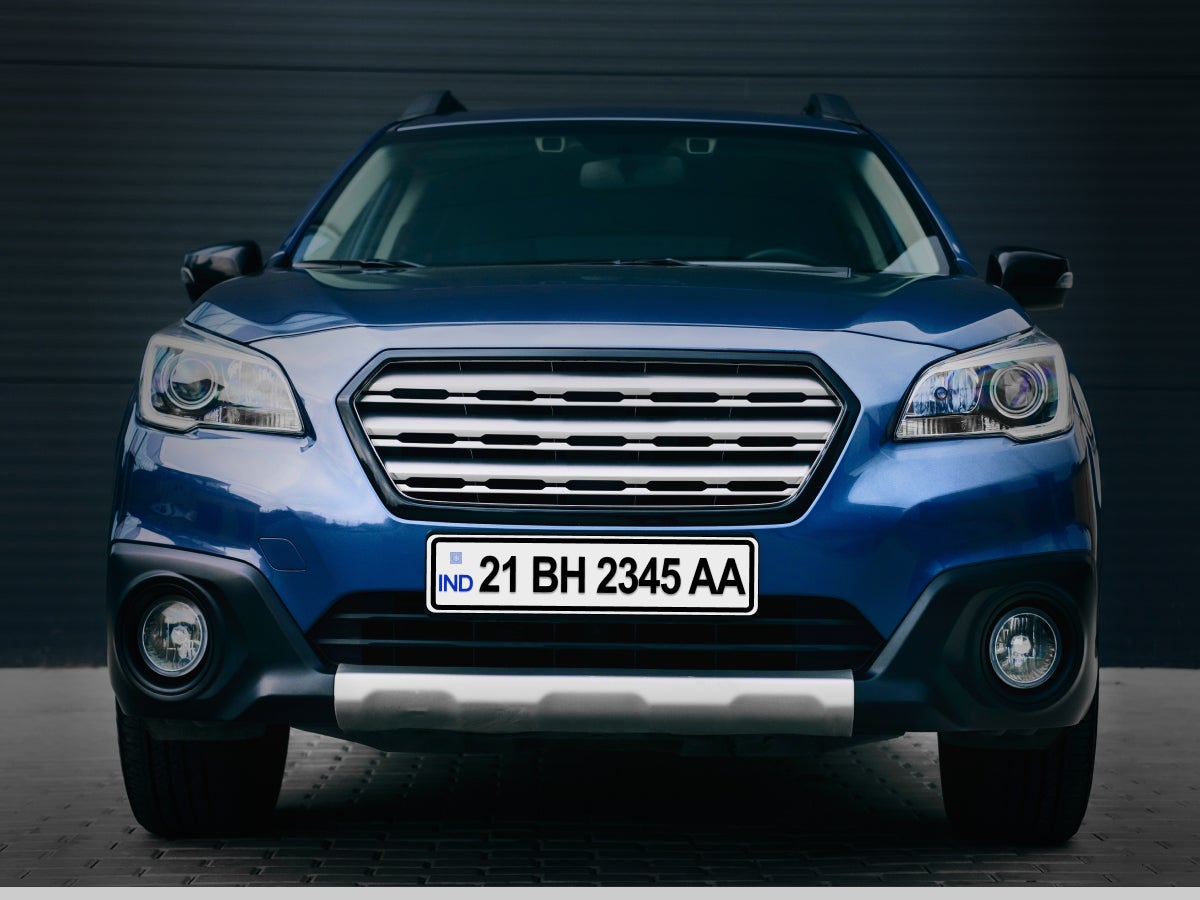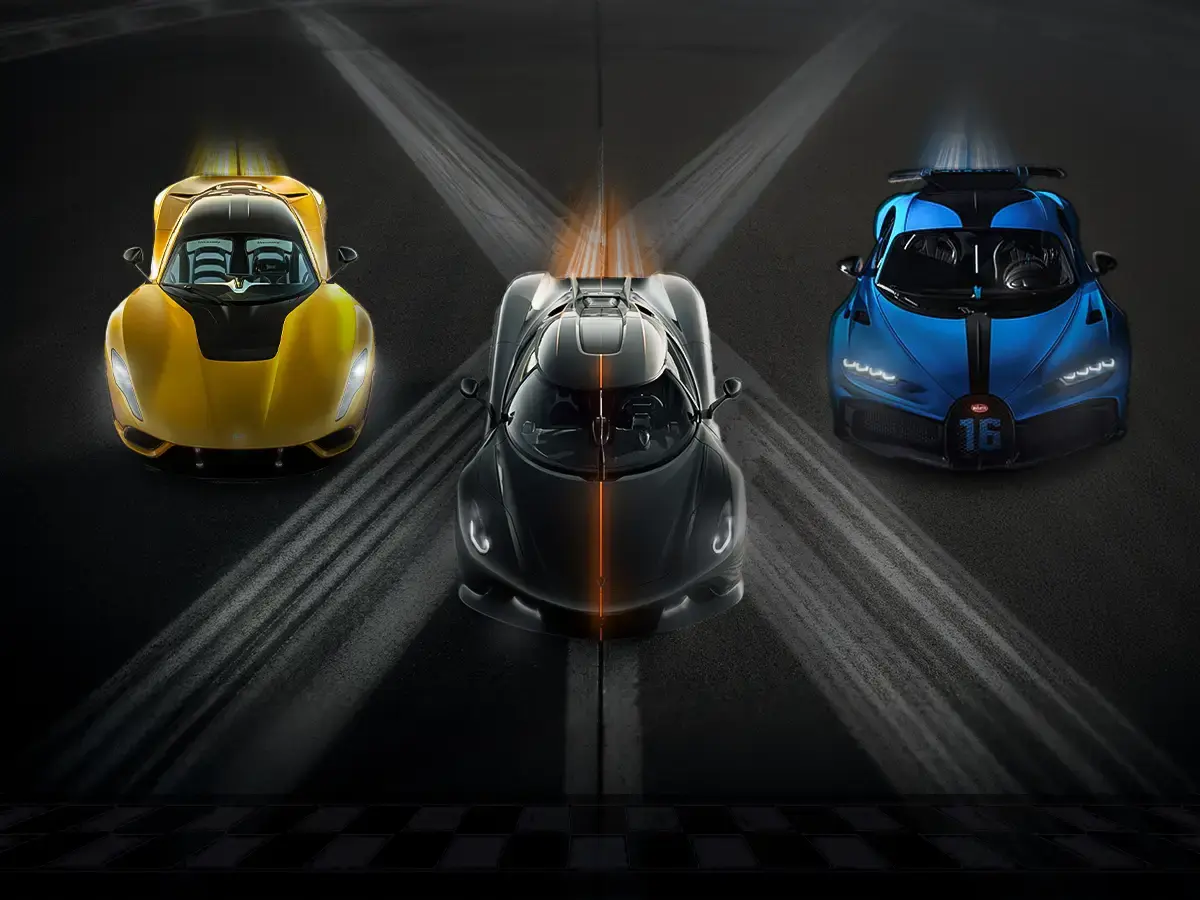

The Fastest Car in the World in 2025: Top 10 Cars by Speed
- 1The fastest car in the world in 2025 is the Koenigsegg Jesko Absolut
- 2The second fastest car in the world in 2025 is the Bugatti Chiron Super Sport
- 3The land speed record for fastest car in the world is held by the ThrustSSC
- The Fastest Cars in the World (2025 Edition)
- 1. Koenigsegg Jesko Absolut – The Fastest Car in the World (2025)
- 2. Hennessey Venom F5 – The Second Fastest Car in the World (2025)
- 3. Bugatti Chiron Super Sport – The Luxury Leader Among the Fastest Cars in the World
- 4. SSC Tuatara – American Hypercar with Jet-Fighter Speed
- 5. Bugatti Mistral – The Fastest Roadster in the World
- 6. Aspark Owl SP600 – The Fastest Accelerating Electric Hypercar
- 7. Rimac Nevera | Top Speed 258 mph (412 kmph)
- 8. McLaren Speedtail | Top Speed 250 mph (403 kmph)
- 9. W Motors Fenyr Supersport | Top Speed 250 mph (400 kmph)
- 10. Lamborghini Revuelto | Top Speed 217 mph (350 kmph)
- The Fastest Land Vehicle – Land Speed Record
- Conclusion
Since the dawn of the automobile, engineers have fiercely competed to build the fastest cars ever made. From the humble Benz Patent-Motorwagen of 1885, which barely reached 10 mph, to the modern-day speed demons like the SSC Tuatara, which has smashed past 295 mph, the evolution of automotive velocity has been nothing short of relentless. As we progress from the world’s first cars to today’s hypercars, each milestone redefines acceleration and performance on four wheels.
The Fastest Cars in the World (2025 Edition)
In 2025, the hypercar arena is defined by blazing-fast, track-inspired machines that deliver rocket-like acceleration and staggering top speeds. The competition for the title of the world’s fastest car is fiercer than ever, with cutting-edge technology pushing the limits of what’s possible on the road. Below is a curated list of the fastest cars in the world in 2025, showcasing vehicles that set new benchmarks for speed, engineering, and design.
| S. No. | Car | Top Speed (km/h) | bhp | Nm | 0–100 km/h | Most Notable Feature |
| 1 | Koenigsegg Jesko Absolut | 500 | 1,600 | 1,500 | 2.5 s | Lowest drag Koenigsegg ever |
| 2 | Hennessey Venom F5 | 500 | 1,817 | 1,617 | 2.6 s | World's most powerful ICE car |
| 3 | Bugatti Chiron Super Sport | 490 | 1,577 | 1,600 | 2.3 s | Combines ultra-luxury & 300+ mph speed |
| 4 | SSC Tuatara | 474 | 1,750 | ~1,735 | 2.5 s | Jet-fighter-inspired aerodynamics |
| 5 | Bugatti Mistral | 453 | 1,578 | ~1,600 | 2.4 s | Fastest convertible in the world |
| 6 | Aspark Owl SP600 | 438 | 1,985 | ~2,000 | 1.69 s | Quickest accelerating EV ever |
| 7 | Rimac Nevera | 412 | 1,914 | 2,360 | 1.85 s | Fastest production EV with torque vectoring |
| 8 | McLaren Speedtail | 403 | 1,035 | ~1,150 | 2.9 s | Longest McLaren ever, 3-seat layout |
| 9 | W Motors Fenyr Supersport | 400 | 800 | 980 | 2.7 s | Exotic RUF-powered Middle Eastern hypercar |
| 10 | Lamborghini Revuelto | 354 | 1,001 | ~1,075 | 2.5 s | First hybrid V12 Lamborghini |
Note: Prices are calculated on a USD to INR conversion rate of 1$ = Rs. 85.47, calculated as on 28-05-2025
1. Koenigsegg Jesko Absolut – The Fastest Car in the World (2025)

Claimed by Koenigsegg as the fastest production car ever made, the Jesko Absolut is a hypercar engineered for maximum straight-line speed. With a theoretical top speed of 310 mph (500 km/h), it holds the crown as the fastest car in the world in 2025, blending extreme aerodynamic efficiency, ultra-lightweight construction, and mind-bending performance.
Unveiled as the ultimate evolution of the already formidable Jesko, the Absolut variant is designed solely to shatter speed records. It ditches downforce-heavy components from the Jesko Attack in favour of a sleeker, low-drag silhouette, taking direct inspiration from supersonic jets.
Koenigsegg Jesko Absolut – Top Speed & Performance
- Top Speed (Theoretical): 310 mph (500 km/h)
- 0–60 mph (0–97 km/h): 2.5 seconds
- Horsepower: 1,280 bhp (petrol) / 1,600 bhp (E85 biofuel)
- Torque: Up to 1,500 Nm @ 8,500 RPM
- Engine: 5.0L twin-turbocharged V8 with flat-plane crank
- Transmission: 9-speed LST (Light Speed Transmission)
Design & Engineering Highlights
- Carbon Fibre Construction: Full carbon monocoque chassis with aluminium honeycomb core for rigidity and weight savings.
- Aerospace-Inspired Aerodynamics: Low-drag profile, no rear wing, minimal turbulence, all to maximise top-end speed.
- Ultra-Lightweight: Dry weight of just 2,888 lbs (1,310 kg).
- Rear Stabilising Fins: Designed for directional stability at speeds over 300 mph.
- Custom Wheels & Tires: 20-inch front and 21-inch rear wheels with speed-rated performance tyres.
Exclusivity & Price
- Base Price: $3.4 million (~₹29.05 crore)
- Production: Limited to 125 units (includes both Jesko Attack and Absolut variants)
- Availability: Most units sold out shortly after release; acquiring one now likely requires private resale or insider access.
Full Specifications: Koenigsegg Jesko Absolut
| Specification | Details |
|---|---|
| Power (bhp) | 1,280 (petrol) / 1,600 (E85) |
| Torque (Nm) | 1,000–1,500 |
| Engine | 5.0L twin-turbo V8, flat-plane crank |
| Transmission | 9-speed LST automatic |
| Dry Weight | 1,310 kg |
| Curb Weight | ~1,390 kg |
| Body Style | 2-door coupe, carbon-fiber monocoque |
| Wheels & Tires | 20" front (265/35), 21" rear (325/30) |
| Dimensions (LxWxH) | 4,845 mm x 2,030 mm x 1,210 mm |
What Makes the Koenigsegg Jesko Absolut the Fastest Car in the World?
- Supersonic Aerodynamics: Designed to minimise drag, with influence from jet aircraft design.
- Dual-Fuel V8 Power: Runs on regular petrol or E85 for maximum output.
- Unmatched Acceleration: 0–60 mph in just 2.5 seconds.
- Record-Breaking Potential: Engineered for real-world 300+ mph runs.
- Limited Run: With only 125 units built, it’s as rare as it is fast.
2. Hennessey Venom F5 – The Second Fastest Car in the World (2025)

The Hennessey Venom F5 is an American-built, street-legal rocket designed to challenge the laws of physics. Crafted by Hennessey Special Vehicles, it’s engineered under the mantra of an “F5 tornado – but faster,” and lives up to that claim with a mind-bending top speed of 310 mph (500 km/h).
With extreme power, aerospace-grade aerodynamics, and carbon-fibre construction, the Venom F5 ranks as the second fastest car in the world in 2025, right behind the Koenigsegg Jesko Absolut.
Top Speed & Performance – Venom F5
- Top Speed: 310 mph (500 km/h)
- 0–60 mph (0–97 km/h): 2.6 seconds
- 0–124 mph (0–200 km/h): 4.7 seconds
- Engine Power: 1,817 bhp
- Torque: 1,617 Nm
- Engine: 6.6L twin-turbocharged V8 ("Fury")
- Transmission: 7-speed single-clutch automated manual
- Drive Type: Rear-wheel drive
Design & Engineering Highlights
- Fury Engine: A massive 6.6-liter twin-turbo V8 – hand-built and designed for raw, unfiltered speed.
- Ultra-Lightweight Chassis: Made entirely of carbon fibre, with a dry weight of just 1,360 kg.
- Advanced Aero Package: Features an active rear wing, rear diffuser, and front splitter, all forged from carbon fibre.
- Aggressive Styling: Built to look as fast as it is, with smooth lines and aggressive proportions.
- Limited Production: Only 24 units will be built globally, making it one of the rarest hypercars ever made.
Hennessey Venom F5 – Full Specifications
| Specification | Details |
|---|---|
| Power (bhp) | 1,817 |
| Torque (Nm) | 1,617 |
| Engine | 6.6L twin-turbo V8 “Fury” |
| Transmission | 7-speed single-clutch semi-automatic |
| Dry Weight | 1,360 kg |
| Curb Weight | ~1,385 kg |
| Body Style | 2-door coupe (roadster variant also exists) |
| Wheels & Tires | 19″ front (265/35 ZR19), 20″ rear (345/30 ZR20) |
| Dimensions (L x W x H) | 4,666 mm x 1,960 mm x 1,131 mm |
| Wheelbase | 2,800 mm |
What Makes the Venom F5 One of the Fastest Cars in the World?
- 1,817 bhp ‘Fury’ Engine: Designed for extreme output with no compromises.
- Featherweight Carbon-Fibre Construction: Enables brutal acceleration and high-speed stability.
- Active Aero Technology: The rear wing and diffusers adapt to speed for optimal performance.
- Lightning-Fast Acceleration: Reaches 124 mph in just 4.7 seconds.
- Hyper Exclusive: With only 24 cars worldwide, it’s both fast and extremely rare.
3. Bugatti Chiron Super Sport – The Luxury Leader Among the Fastest Cars in the World

A name synonymous with speed and sophistication, Bugatti continues its legacy of pushing engineering limits with the Chiron Super Sport. This hypercar blends sheer power, artisanal luxury, and a top speed of 304 mph (490 km/h) to earn its place among the fastest cars in the world in 2025.
From the groundbreaking Veyron to the dominating Chiron series, Bugatti has built a heritage of producing the world’s most extreme production cars. The Chiron Super Sport carries that tradition forward, but adds a refined, almost effortless sense of elegance to all that speed.
Top Speed & Performance – Chiron Super Sport
- Top Speed: 304 mph (490 km/h)
- 0–60 mph (0–97 km/h): 2.3 seconds
- Horsepower: 1,577 bhp (~1,600 bhp)
- Torque: 1,599 Nm
- Engine: 8.0L quad-turbocharged W16
- Transmission: 7-speed dual-clutch automatic (DSG)
- Drive Type: All-wheel drive (AWD)
Engineering & Design Highlights
- W16 Quad-Turbo Engine: The centrepiece is Bugatti’s iconic 8.0-liter, 16-cylinder engine, a force of nature delivering relentless power.
- Exotic Materials: Widespread use of carbon fibre, titanium, and aluminium alloys ensures strength without unnecessary weight.
- Refined Aerodynamics: Subtle but highly effective aerodynamic elements help manage airflow for high-speed stability.
- Luxury Meets Speed: Premium leather, machined aluminium switchgear, and hand-crafted interiors set a benchmark for luxury hypercars.
Bugatti Chiron Super Sport – Full Specifications
| Specification | Details |
|---|---|
| Power (bhp) | ~1,577 (officially rated at 1,600 bhp) |
| Torque (Nm) | ~1,599 |
| Engine | 8.0L quad-turbocharged W16 |
| Transmission | 7-speed dual-clutch automatic (DSG) |
| Drive Type | All-Wheel Drive (AWD) |
| Curb Weight | ~1,995 kg |
| Body Style | 2-door coupe |
| Tyres/Wheels | Not specified |
| Dimensions | Not specified |
What Sets the Chiron Super Sport Apart?
- Legendary W16 Powerplant: A quad-turbocharged engine producing nearly 1,600 bhp.
- Lightning Launch: 0 to 60 mph in 2.3 seconds, one of the quickest in its class.
- Luxury Speed Hybrid: Combines top-tier performance with bespoke craftsmanship.
- Built for Top-Speed Runs: Tuned for long straights, stability, and velocity dominance.
- Limited Production Run: Only 30 units produced globally, a rare gem among hypercars.
4. SSC Tuatara – American Hypercar with Jet-Fighter Speed

In the relentless race to build the fastest car in the world, SSC North America (formerly Shelby SuperCars) stunned the hypercar scene with the Tuatara, a jet-inspired marvel engineered to bend the limits of physics.
Named after a New Zealand reptile known for its resilience, the SSC Tuatara isn't just fast, it’s one of the most aerodynamically efficient and technically advanced production cars ever made. With a claimed top speed of 295 mph (474 km/h) and track-tested runs exceeding 286 mph, this car is a serious contender in the high-speed elite class.
Top Speed & Performance – SSC Tuatara
- Top Speed: 295 mph (474 km/h) (claimed)
- Tested Speed: 286.1 mph
- 0–60 mph (0–97 km/h): 2.5 seconds
- Horsepower: 1,750 bhp (E85) / 1,350 bhp (91-octane)
- Torque: ~1,735 Nm (est.)
- Engine: 5.9L twin-turbocharged flat-plane crank V8
- Transmission: 7-speed CIMA automated manual
Design & Engineering Highlights
- Aerospace-Inspired Aerodynamics: Jet fighter aesthetics, a drag coefficient of just 0.279, and carbon-fibre sculpting from designer Jason Castriota.
- Full Carbon Construction: Both monocoque chassis and body panels are made from aerospace-grade carbon fibre.
- Lightweight Speed Machine: Weighs just 1,247 kg (2,750 lbs), lighter than most rivals in its class.
- Fuel Flexibility: Engine power jumps from 1,350 bhp (pump gas) to 1,750 bhp (E85).
SSC Tuatara – Full Specifications
| Specification | Details |
|---|---|
| Power (bhp) | 1,750 (on E85), 1,350 (on 91-octane) |
| Torque (Nm) | ~1,735 (estimated) |
| Engine | 5.9L twin-turbo flat-plane crank V8 |
| Transmission | 7-speed automated manual (CIMA) |
| Dry Weight | 1,247 kg |
| Body Style | 2-door carbon-fiber coupe |
| Wheels & Tires | Michelin Pilot Sport Cup 2 |
| Dimensions (L×W×H) | 4,430 mm x 1,991 mm x 1,067 mm |
| Wheelbase | 2,667 mm |
What Makes the SSC Tuatara One of the Fastest Cars in the World?
- Jet-Fighter Design: Aerodynamic profile with one of the lowest drag coefficients in production car history.
- Insane Horsepower on E85: Up to 1,750 bhp with flex-fuel capability.
- Blistering Acceleration: 0–60 mph in 2.5 seconds.
- Track-Tested Speed: Verified real-world speeds above 286 mph.
- Exclusivity: Limited to just 100 units worldwide, a future collector’s gem.
5. Bugatti Mistral – The Fastest Roadster in the World

The Bugatti Mistral is more than just a hypercar, it’s a legacy on wheels. Unveiled in 2022, this stunning open-top beast is not only the fastest roadster in the world but also Bugatti’s final tribute to the iconic W16 engine that redefined speed in the 21st century.
With a top speed of 282 mph (453 km/h), the Mistral isn’t just built for the wind; it outruns it. Wrapped in a lightweight carbon fibre monocoque and powered by the 8.0L quad-turbo W16, it delivers blistering performance and a rare blend of roofless freedom and raw power.
Top Speed & Performance – Bugatti Mistral
- Top Speed: 282 mph (453 km/h), fastest roadster in the world
- 0–60 mph (0–97 km/h): 2.4 seconds
- Horsepower: 1,578 bhp
- Torque: ~1,600 Nm (estimated)
- Engine: 8.0L quad-turbocharged W16
- Transmission: 7-speed dual-clutch automatic (DSG)
Design & Engineering Highlights
- Iconic W16 Powerplant: Final appearance of the quad-turbocharged 8.0L W16, delivering 1,578 bhp.
- Convertible with Carbon Monocoque: Combines lightweight agility with structural rigidity.
- Airflow-Tuned Aerodynamics: Every panel sculpted for performance, even without a fixed roof.
- Heritage Meets Hyper Speed: Inspired by the Bugatti Type 57 Roadster Grand Raid with 21st-century performance.
Bugatti Mistral – Full Specifications
| Specification | Details |
|---|---|
| Power (bhp) | ~1,578 bhp |
| Torque (Nm) | ~1,600 Nm (estimated) |
| Engine | 8.0L quad-turbocharged W16 |
| Transmission | 7-speed dual-clutch automatic (DSG) |
| Weight | ~1,977 kg |
| Body Style | 2-door roadster (convertible) |
| Dimensions (L × W × H) | 4,544 mm × 2,162 mm × 1,212 mm |
| Wheelbase | 2,711 mm |
| Tyres/Wheels | Not specified |
Why the Bugatti Mistral Deserves Its Place Among the Fastest Cars in the World
- Fastest Open-Top Car Ever: Reaches a jaw-dropping 282 mph, officially the fastest roadster on the planet.
- Farewell to the W16 Engine: Last Bugatti to feature the legendary quad-turbo 8.0L W16.
- Lightning Acceleration: 0–60 mph in just 2.4 seconds, remarkable for a convertible.
- Extreme Rarity: Only 99 units will be built, all of them already sold.
- Inspired by History: Design elements pay homage to the Type 57 Grand Raid, blending past and future.
6. Aspark Owl SP600 – The Fastest Accelerating Electric Hypercar

The Aspark Owl SP600 is a revolutionary Japanese hypercar that redefines what electric vehicles can do. Pushing the limits of EV performance, this all-electric speedster is among the fastest electric cars in the world and a true electric hypercar powerhouse.
With mind-blowing acceleration and a cutting-edge quad-motor setup, the Owl SP600 leaves rivals in the dust, a beacon for the future of high-performance electric vehicles.
Performance Highlights – Aspark Owl SP600
- Top Speed: An incredible 273 mph (438 km/h)
- 0–60 mph: A jaw-dropping 1.69 seconds, the fastest accelerating production car globally
- Power Output: Massive 1,985 bhp from four independent electric motors
- Torque: Estimated 2,711 Nm, delivering instant and relentless thrust
- Transmission: Direct drive electric powertrain for immediate response
Engineering & Design
- Quad Electric Motors: Four motors, one at each wheel, offering independent control and supreme traction.
- Lightweight Carbon Fibre Monocoque: Combines strength and agility in a sleek 2-door coupe design.
- Electric Hypercar Innovation: Silent yet ferocious, the Owl SP600 merges eco-consciousness with blistering speed.
- Limited Edition: Only 50 units worldwide, emphasising exclusivity and collector appeal.
Aspark Owl SP600 Specifications
| Specification | Details |
|---|---|
| Power (bhp) | ~1,985 bhp |
| Torque (Nm) | ~2,711 Nm |
| Engine | 4‑motor electric, quad independent output |
| Transmission | Direct drive (electric) |
| Weight | ~2,000 kg |
| Body Style | 2‑door coupe, carbon-fiber monocoque |
| Dimensions (L × W × H) | 4,791 mm × 1,914 mm × 910 mm |
What Sets the Aspark Owl SP600 Apart
- Unrivalled Acceleration: Achieves 0–60 mph in just 1.69 seconds, making it the fastest accelerating production car on earth.
- Electric Powerhouse: A clean yet powerful alternative to traditional combustion hypercars.
- Top-Tier Top Speed: Hits 273 mph, proving electric hypercars can match and surpass gas-powered speedsters.
- Innovative Drive System: Four independently controlled electric motors provide impeccable handling and traction.
- Scarcity Equals Prestige: Limited to just 50 units, this is a coveted collector’s item with futuristic appeal.
7. Rimac Nevera | Top Speed 258 mph (412 kmph)

The Rimac Nevera stands as a pinnacle of modern electric hypercar engineering, showcasing the extraordinary potential of cutting-edge materials and technology. At the heart of the Rimac Nevera lies a sophisticated all-electric powertrain comprising four independent electric motors, one powering each wheel. The crown jewel of electric engineering, Rimac’s Nevera combined advanced aerodynamic mastery with torque-vectoring and nearly 2,000 bhp for unrivalled quick acceleration.
These motors collectively deliver an astonishing 1,914 bhp and 2,360 Nm of torque, enabling the Nevera to rocket from 0 to 60 miles per hour (0 to 97 kmph) in just 1.85 seconds. This acceleration figure places the Nevera among the fastest accelerating production cars ever made.
When it comes to top speed, the Rimac Nevera doesn’t disappoint. It reaches a maximum velocity of 258 miles per hour (412 kilometres per hour), making it one of the fastest electric cars in the world and a serious contender among the fastest vehicles overall. Limited in production, Rimac has planned only 150 units of the Nevera. The price tag reflects its elite status, with a cost of approximately $2.4 million USD (₹20.5 crores).
Additional highlights include advanced aerodynamics with active rear wings and underbody flaps for enhanced downforce, a state-of-the-art battery pack with 120 kWh capacity delivering a range around 340 miles (547 km), and a cutting-edge torque vectoring system that ensures exceptional handling and cornering agility.
Rimac Nevera Specifications:
| Specification | Details |
|---|---|
| Power (bhp) | ~1,914 bhp |
| Torque (Nm) | ~2,363 Nm |
| Engine | Four electric motors |
| Transmission | Direct drive (no gearbox) |
| Weight | Not specified (approx ~2,000 kg) |
| Body Style | 2‑door coupe (EV hypercar) |
| Tyres/Wheels | Not specified |
| Dimensions | Not specified |
What sets the Rimac Nevera apart:
- Four independent motors: Deliver about 1,914 bhp and 2,360 Nm torque across four wheels.
- Hair-raising acceleration: 0–60 mph achieved in 1.85 seconds, placing it among the most speedy cars in the world.
- Technological integration: High-tech battery pack, flight-level chassis control, and active aero tech.
- Electric hypercar benchmark: Sets a high bar for EV performance and engineering.
- Low-volume legend: Only 150 units made, making it as exclusive as it is powerful.
8. McLaren Speedtail | Top Speed 250 mph (403 kmph)

When McLaren set out to redefine speed and elegance, the result was the Speedtail – a hyper-GT that blurs the line between science fiction and engineering reality, making it one of the fastest cars in the world in 2025. Designed not just to be fast, but to exude futuristic sophistication, the Speedtail is McLaren’s fastest road car ever built, capable of achieving a mind-bending top speed of 250 miles per hour (403 kmph). A top speed legend in its own right, the McLaren Speedtail is a futuristic hybrid hyper-GT that blends opulence with rocket-like pace.
The Speedtail is crafted using a Monocage II carbon-fiber structure, keeping the car ultralight yet immensely strong. This carbon-fiber monocoque is complemented by carbon-fiber body panels, aluminum suspension components, and active aerodynamic elements, including unique flexing carbon-fiber rear ailerons that subtly change shape to optimize downforce without disrupting the car’s fluid silhouette.
Powering the Speedtail is a 4.0-litre twin-turbocharged V8 hybrid engine, delivering a jaw-dropping 1,035 bhp, enabling the car to accelerate from 0 to 60 mph (0 to 97 kmph) in just 2.9 seconds. But the real astonishment begins beyond the 60 mph mark. Thanks to its hybrid boost and aerodynamic wizardry, the Speedtail can push past the 100 mph barrier in under 6.6 seconds, a figure that even some race cars struggle to match.
Limited to just 106 units worldwide, the McLaren Speedtail is a rare masterpiece – a collector’s dream and a high-speed statement of exclusivity. Each Speedtail is hand-assembled at the McLaren Production Centre in Woking, England, with a level of customization that ensures no two are exactly alike. As for the price? Expect to part with around $2.3 million USD (₹19.65 crores), a figure that reflects both the performance and the artful design imbued in every inch of the car.
McLaren Speedtail Specifications:
| Specification | Details |
|---|---|
| Power (bhp) | ~1,036 bhp |
| Torque (Nm) | 1,150 Nm |
| Engine | 4.0 L twin‑turbo V8 + hybrid electric motor |
| Transmission | 7‑speed dual‑clutch |
| Weight | Dry: ~1,430 kg; Curb: ~1,597 kg |
| Body Style | 2‑door coupe (3‑seat layout) |
| Tyres/Wheels | Not specified |
| Dimensions | Length ~5,137 mm; Height ~1,120 mm; WB ~2,730 mm |
What sets the McLaren Speedtail apart:
- Aerodynamic design mastery: Monocage II carbon-fiber chassis with flexing rear ailerons.
- Hybrid power boost: Combines a twin‑turbo V8 and electric motor to produce 1,035 bhp.
- Effortless speed build: Hits 0–60 mph in 2.9 seconds, breezing past 100 mph before many can react.
- Luxurious ride: Seats drivers corridor-style for an immersive cockpit experience.
- Collector’s hybrid gem: Only 106 units, making it a rare velocity statement combining tech and elegance.
9. W Motors Fenyr Supersport | Top Speed 250 mph (400 kmph)

Since its inception, W Motors has been known for blending exotic design with blistering performance, and the Fenyr Supersport is no exception. Introduced in 2015, this Lebanese-built hypercar pushes boundaries both in craftsmanship and speed, securing its place among the fastest cars in the world today. A rare exotic from Dubai, the Fenyr Supersport is known for its blazing fast, race-derived performance while maintaining sleek styling and luxurious materials.
The Fenyr Supersport is meticulously crafted using lightweight, race-inspired materials. The body panels are predominantly carbon fiber, ensuring aerodynamic efficiency and a striking visual presence. The weight is kept at an impressively low 1,360 kilograms (2,998 pounds).
Under the hood lies a formidable 3.8-litre twin-turbocharged flat-six engine developed by RUF Automotive. This powerhouse churns out an impressive 800 bhp and 980 Newton-meters (723 lb-ft) of torque, allowing the Fenyr Supersport to rocket from 0 to 60 miles per hour (0 to 97 kmph) in just 2.7 seconds. Its top speed is electronically limited to 250 miles per hour (400 kilometers per hour), making it one of the fastest cars in the world.
W Motors limited the production of the Fenyr Supersport to only 25 units worldwide, while the price tag for this extraordinary machine starts at approximately $1.4 million USD (₹11.96 crores), making it not just a speed demon but also a rare luxury investment.
W Motors Fenyr Supersport Specifications:
| Specification | Details |
|---|---|
| Power (bhp) | ~800 bhp (596 kW) |
| Torque (Nm) | 980 Nm |
| Engine | 3.8 L twin‑turbo flat‑6 (RUF) |
| Transmission | 7‑speed PDK dual‑clutch |
| Weight | ~1,350 kg |
| Body Style | 2‑door coupe |
| Tyres/Wheels | Front: 255/35 ZR19; Rear: 335/30 ZR20 |
| Dimensions | L: 4,684 mm; W: 1,983 mm; H: 1,199 mm; WB: 2,625 mm |
What sets the W Motors Fenyr Supersport apart:
- Honeyed powerplant: RUF-crafted 3.8 L twin‑turbo flat-six delivering 800 bhp.
- Speedy sprint time: 0–60 mph in just 2.7 seconds, punchy for its class.
- Lightweight architecture: Carbon-fiber body brings weight under 1,360 kg.
- Visual bravado meets performance: Striking design with deliberate functional airflow.
- Ultra-exclusive: Only 25 units, makes it a collector’s favorite amid fastest automobile in the world discussions.
10. Lamborghini Revuelto | Top Speed 217 mph (350 kmph)

Lamborghini's first high-performance electrified vehicle (HPEV), the Lamborghini Revuelto, seamlessly fuses the raw symphony of a naturally aspirated V12 with the silence of electric propulsion, an electrified blaze of exotic engineering and one of the most speedy cars in the world within its new hybrid supercar class.
The car is built on a monocoque made entirely of carbon fiber, a structural feat that is 10% lighter and 25% stiffer than the Aventador's chassis. The front structure, also crafted from forged carbon fiber, enhances crash resistance and agility.
Complementing this are aluminum front and rear subframes, and an aerodynamically sculpted carbon fiber body, designed for minimal drag and maximum downforce. Underneath its carbon-fiber skin lies a 6.5-liter naturally aspirated V12, producing 813 bhp on its own. But that's not the whole story.
Three electric motors (two on the front axle, one integrated into the 8-speed dual-clutch transmission) add another 187 bhp, for a combined output of 1,001 hp. That makes the Revuelto not just the most powerful Lamborghini ever, but also one of the most responsive, thanks to torque vectoring and all-wheel drive.
While the Revuelto doesn’t take the crown for the fastest car in the world, it offers Formula One-level acceleration, propelling the car from 0 to 60 miles per hour (0 to 97 kmph) in 2.5 seconds, and achieves a top speed of 217 miles per hour (350 kmph).
The Lamborghini Revuelto starts at $604,000 (₹51 lakhs approx). However, customization options can push that well past $700,000 for bespoke builds, and is limited to a grand total of 2000 units worldwide, making it a rare specimen of pure speed.
Lamborghini Revuelto Specifications:
| Specification | Details |
|---|---|
| Power (bhp) | ~1,001 bhp (combined) |
| Torque (Nm) | ~1,044 Nm (combined) |
| Engine | 6.5 L naturally aspirated V12 + 3 electric motors |
| Transmission | 8‑speed dual‑clutch automatic |
| Weight | ~1,772 kg (kerb) |
| Body Style | 2‑door coupe (PHEV hypercar) |
| Tyres/Wheels | 265/35 ZR20 front; 345/30 ZR21 rear |
| Dimensions | L: 4,947 mm; W: 2,033 mm; H: 1,160 mm; WB: 2,779 mm |
What sets the Lamborghini Revuelto apart:
- Hybrid powerhouse: V12 + electric motors delivering over 1,000 hp with torque-vectoring.
- Modern chassis: Advanced carbon-fiber monocoque, lighter yet stiffer than predecessors.
- Formula One performance DNA: Lightning-fast 0–60 mph in 2.5 seconds, thanks to F1-inspired tech.
- Art and speed fusion: Signature Lamborghini styling with aerodynamic flair.
- Rare beasts: 2,000 units only, melding prestige, performance, and new-age hybrid status.
The Fastest Land Vehicle – Land Speed Record

Although not a conventional car with an engine and four wheels, but still considered the fastest car in the world, the ThrustSSC holds the world Land Speed Record, with a top speed of 763 miles per hour (1,228 km/h). It is a British Jet Car, powered by two Rolls Royce Spey 202 Jet engines, which set the land speed record on October 15, 1997, at the Black Rock Desert in Nevada, USA. This record also made the ThrustSSC the first ever land vehicle to break the sound barrier.
A Historical High‑Speed Journey
Lets honor the pioneers that first ignited this chase for speed. The 1894 Benz Velo, credited as the fastest automobile in the world of its era, pushed speeds to 12 mph, while the steam‑powered Stanley Steamer soon claimed the title of the fastest car on earth in the 1890s with 35 mph. Mercedes then shattered expectations with the Mercedes‑Simplex (1903), which topped 97 mph the following year. These breakthroughs paved the way for a century of quickest car in the world records:
Fastest cars in the world from 1900s to 2010s

Even though internal combustion engines (ICE) were thought to be unreliable and underpowered, Mercedes continued its development, unveiling the Mercedes-Simplex in 1903. With its straight 4 engine, it was able to produce a whopping 60 bhp, accelerating the car up to a top speed of 73 miles per hour. A one-off version broke the land speed record once again in 1904, just a year later, enabling the vehicle to reach 97 miles per hour. Here’s a list of the fastest car in the world from each decade after that:
| Decade | Car | Top Speed (mph) |
|---|---|---|
| 1910s | Austro‑Daimler Prince Henry | 85 |
| 1920s | Duesenberg Model J | 119 |
| 1930s | Duesenberg Model SJ | 140 |
| 1940s | Jaguar XK 120 | 133 |
| 1950s | Mercedes‑Benz 300SL | 152 |
| 1960s | Lamborghini Miura | 175 |
| 1970s | Ferrari 512 BB | 188 |
| 1980s | Ferrari F40 | 201 |
| 1990s | McLaren F1 | 240 |
| 2000s | Shelby Ultimate Aero TT | 256 |
| 2010s | Bugatti Chiron | 305 |
Conclusion
From renowned brands like Bugatti, known for revolutionizing speed standards of production grade cars, to custom car builders like Hennessey, the enthusiasm for achieving top speed records on land continue to compel the evolution of cars. With acceleration times constantly dropping, and top speed figures already North of 500 kmph, the next generation of the fastest cars in the world only continue to shatter records, with engineering marvels designed to blur reality with sheer speed.
Fastest cars also tend to come with added luxury features, and if you're looking for an affordable luxury car option, a used luxury car can fit the bill perfectly.
Frequently Asked Questions
Expand all